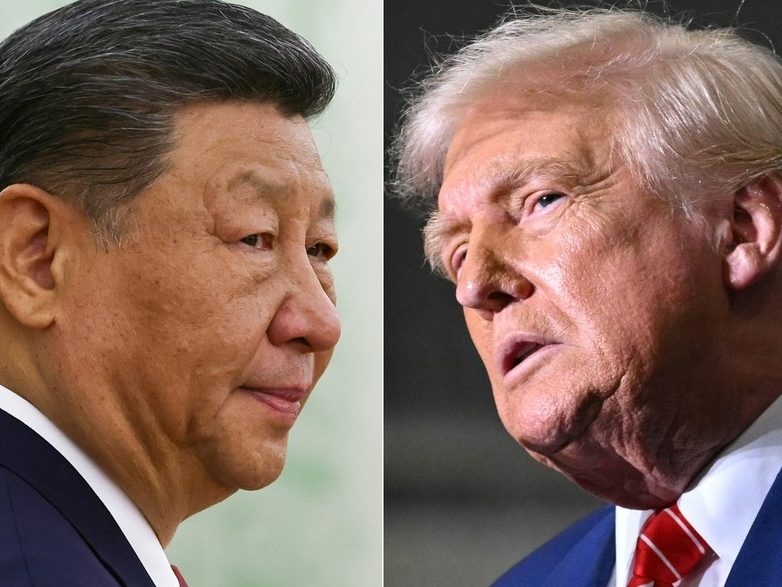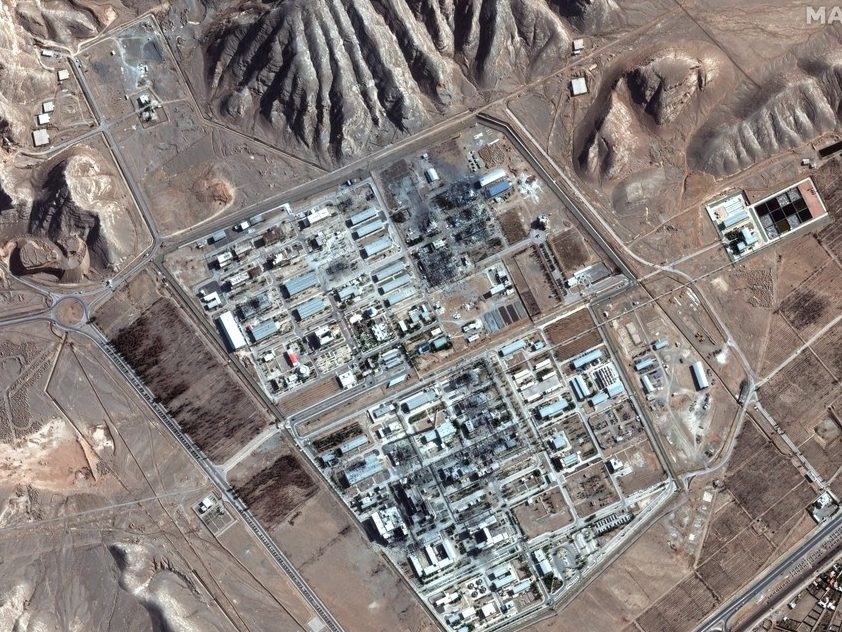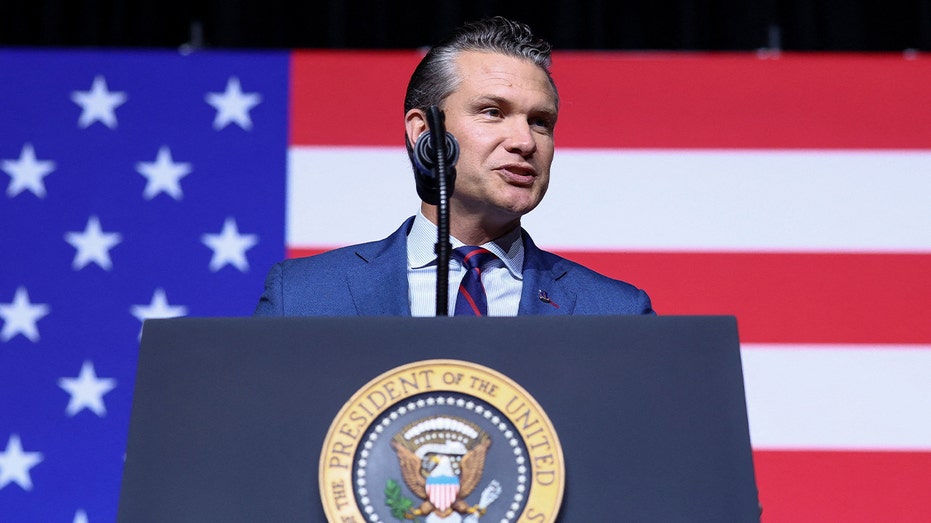The world held its breath as President Trump prepared to meet with Chinese leader Xi Jinping in Busan, South Korea. This wasn’t merely a diplomatic handshake; it was a pivotal moment for the global economy, a chance to steer away from the brink of escalating trade war.
Months of escalating tensions had brought both nations to a critical juncture. Trump’s aggressive tariffs, met with China’s restrictions on vital rare earth elements, created a dangerous game of economic brinkmanship. A mutual, unspoken understanding emerged: neither could afford to risk a catastrophic collapse.
Signals emerged in the days leading up to the summit suggesting a potential thaw. The threat of a further 100% import tax on Chinese goods seemed to recede, and China hinted at easing its grip on rare earth exports, even considering increased purchases of American soybeans.

Aboard Air Force One, Trump revealed a willingness to address a particularly sensitive issue – fentanyl. He indicated a possible reduction in tariffs linked to China’s role in the production of the deadly opioid, stating he expected to be “lowering that” as China offered assistance.
The meeting itself was scheduled for a substantial three to four hours, a length suggesting the depth and complexity of the issues at hand. While Trump anticipated a swift return to Washington, Xi Jinping planned to remain in South Korea, engaging with other regional leaders.
Preliminary talks in Kuala Lumpur offered a glimmer of hope. Both Chinese negotiator Li Chenggang and U.S. Treasury Secretary Scott Bessent spoke of a “preliminary consensus” and a “very successful framework,” fueling cautious optimism in financial markets.
Investors reacted positively, with the U.S. stock market climbing on the prospect of a trade agreement. Businesses caught in the crossfire between the two economic giants welcomed the potential for stability, a respite from months of uncertainty.
However, beneath the surface of cordial rhetoric lay a deeper, more enduring rivalry. The two nations continue to compete for dominance in manufacturing, cutting-edge technologies like artificial intelligence, and global influence, including the ongoing conflict in Ukraine.
Trump signaled he would avoid contentious issues like Taiwan’s security during the meeting, focusing instead on immediate economic concerns. This approach underscored a pattern of short-term stabilization masking a long-term strategic competition.
China’s control over the production of rare earth minerals – essential for everything from fighter jets to electric vehicles – provided a powerful counterweight to Trump’s tariff strategy. Each nation held a lever, capable of applying pressure, but also aware of the potential for swift retaliation.
The history of the past year demonstrated the fragility of any progress. Tentative steps forward could easily be undone, as seen with the volatile tariff rates, initially spiking to 145% before being scaled back in response to market reactions.
Xi Jinping saw an opportunity to present China as a reliable partner, strengthening ties with nations frustrated by the U.S. administration’s trade policies. His continued presence at the APEC summit allowed him to pursue this strategy while Trump returned home.
Ultimately, the meeting in Busan represented a delicate balancing act – a calculated effort to manage volatility and avert crisis, while the fundamental rivalry between the United States and China continued to simmer beneath the surface.




